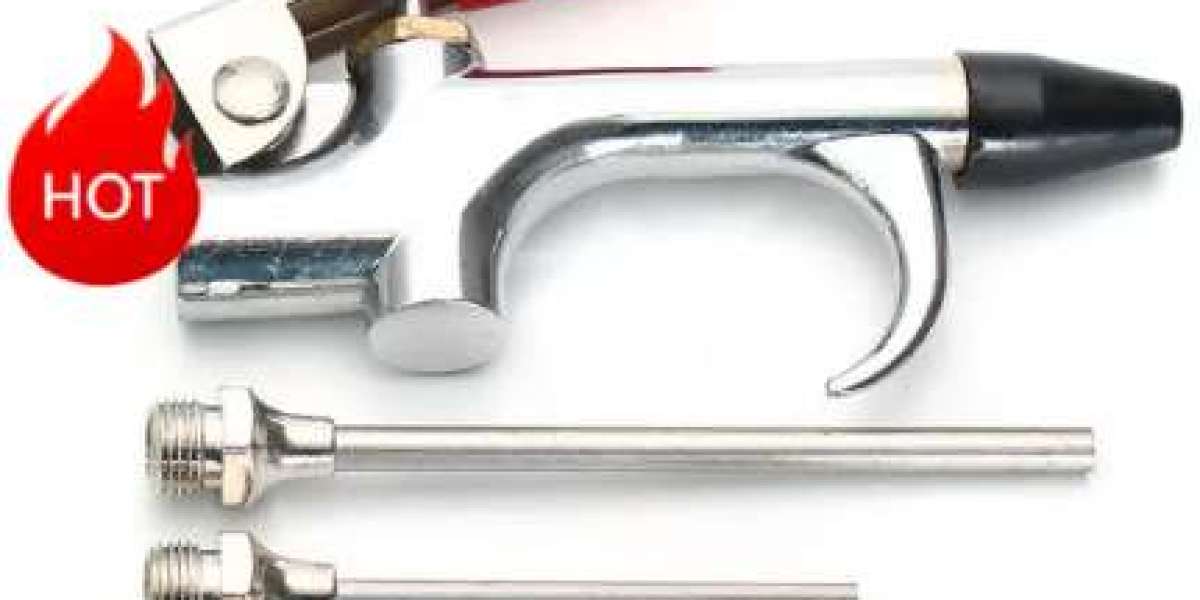Temperature and humidity sensors are vital components in a wide range of industries and applications, helping to monitor and regulate environmental conditions for optimal performance and comfort. These temperature humidity sensor measure two critical factors—temperature and humidity—providing essential data that supports everything from indoor climate control to industrial processes. In this article, we’ll explore what temperature and humidity sensors are, how they work, and the various applications they serve.
What Are Temperature and Humidity Sensors?
Temperature and humidity sensors are devices that measure the temperature and relative humidity of the surrounding air. The temperature is typically measured in degrees Celsius or Fahrenheit, while humidity is measured as a percentage that indicates the amount of moisture in the air relative to the maximum amount of moisture the air can hold at a given temperature. These sensors are often combined into a single device for convenience and efficiency.
Temperature Sensor: A temperature sensor detects the temperature of its surroundings. Common types include thermocouples, resistance temperature detectors (RTDs), and thermistors. These sensors are sensitive to temperature changes and can be used in various environments—from a residential air conditioning system to complex industrial machinery.
Humidity Sensor: A humidity sensor, or hygrometer, measures the amount of moisture in the air. The most common types include capacitive, resistive, and thermal conductivity sensors. These devices work by detecting the changes in electrical properties that occur as the moisture content in the air changes.
When combined, temperature and humidity sensors provide a comprehensive picture of the environment, ensuring the monitoring of both heat and moisture levels in one device.
How Do Temperature and Humidity Sensors Work?
These sensors work by detecting changes in physical properties caused by variations in temperature and humidity.
Temperature Detection: Temperature sensors generally operate based on the fact that materials change their electrical resistance or voltage when exposed to temperature changes. For example, in a thermistor, the resistance changes with temperature, which the sensor then translates into an electrical signal.
Humidity Detection: Humidity sensors, especially capacitive ones, work by using a hygroscopic material that absorbs moisture. The material’s electrical properties (such as capacitance or resistance) change based on how much moisture is present. This change is then converted into a readable value for humidity.
These sensors often work together, with the data from both parameters (temperature and humidity) being sent to a microcontroller or data logger, which then displays the values or adjusts systems accordingly.
Applications of Temperature and Humidity Sensors
Temperature and humidity sensors are used in a broad range of applications, where monitoring environmental conditions is crucial for both comfort and functionality. Here are some common areas where these sensors are indispensable:
1. HVAC Systems and Smart Homes
In heating, ventilation, and air conditioning (HVAC) systems, temperature and humidity sensors work together to ensure the comfort of indoor spaces. They help regulate air temperature and humidity levels in homes, offices, and commercial buildings, ensuring that rooms are neither too hot nor too dry or humid. Many modern homes use smart thermostats that integrate these sensors, allowing homeowners to remotely control and monitor their home’s climate.
2. Agriculture and Greenhouses
For agriculture, maintaining the proper temperature and humidity levels is essential for crop health and productivity. Greenhouses, in particular, rely heavily on these sensors to ensure that plants are growing in the optimal environment. By adjusting temperature and humidity in real-time, farmers can protect plants from environmental stress, improve growth rates, and increase yields.
3. Industrial Processes
In manufacturing and industrial settings, temperature and humidity sensors are often used to monitor environmental conditions in areas such as food storage, pharmaceuticals, electronics, and automotive production. Sensitive products, such as food and medicines, require specific storage conditions to maintain their quality and shelf life. Temperature and humidity sensors help regulate these conditions to prevent spoilage, contamination, or defects.
4. Weather Stations and Meteorology
Temperature and humidity sensors are fundamental to weather stations and meteorological monitoring. They help collect real-time data on environmental conditions that are used to predict weather patterns, understand climate trends, and issue weather warnings. By analyzing temperature and humidity data, meteorologists can assess air quality, the likelihood of precipitation, and other critical weather factors.
5. Storage and Preservation
Museums, archives, and libraries that store valuable artifacts, artwork, and documents rely on temperature and humidity sensors to maintain the integrity of their collections. Temperature and humidity levels that are too high or too low can damage fragile materials over time, so constant monitoring is necessary to preserve their condition.
Benefits of Using Temperature and Humidity Sensors
Enhanced Comfort: By regulating indoor environments, temperature and humidity sensors help create a more comfortable living or working environment. This can lead to better sleep, improved productivity, and overall well-being.
Energy Efficiency: These sensors can also help reduce energy consumption by ensuring that HVAC systems only run when necessary. For example, when temperature and humidity levels are ideal, the system can automatically adjust or shut off to save energy.
Protection of Assets: In industrial and commercial settings, these sensors prevent damage to products, machinery, and materials by keeping environmental conditions within optimal ranges.
Prevention of Mold and Moisture Damage: Excess humidity can lead to mold growth, which can damage buildings, furniture, and electronics. By keeping moisture levels in check, humidity sensors prevent the growth of mold and protect both health and property.
Conclusion
Temperature and humidity sensors play a vital role in improving the comfort, efficiency, and safety of environments across a wide range of industries. From regulating indoor climates to safeguarding sensitive products, these sensors provide valuable data that can help optimize operations, reduce costs, and improve quality of life. Whether in homes, agriculture, or manufacturing, temperature and humidity sensors offer indispensable benefits that make them an essential part of modern life.



